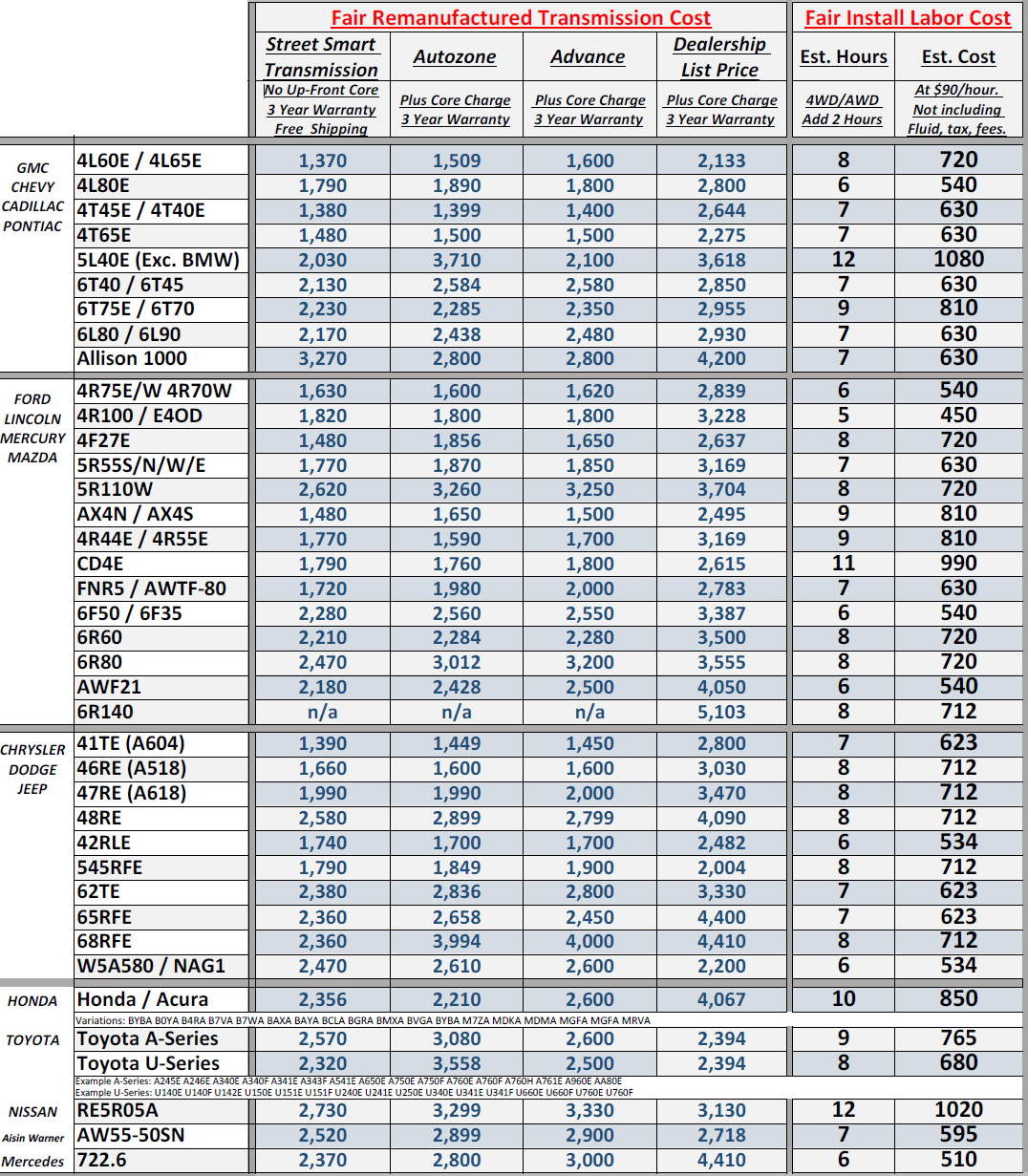The problem you are describing is well known to Saturn owners. Its major characteristic is, as you describe it, the “classic reverse slam” where the transmission takes a bit of time to wind up when you go from forward to reverse and then when everything synchronizes the transmission slams into reverse. Sometimes, when reverse fails, you also lose second, as reverse and second share some of the same gearing.
Because the valve body sits in an outboard box atop the transmission, accessing and replacing it is much easier than, say, going in and replacing planetary gears or a clutch pack. Replacing the planetary gears or clutch packs does require a major teardown and rebuild (these replacements are candidates for a transmission replacement). So, replacing the valve body is a viable option. Replacing the input shaft nut requires more work to access (you do have to remove the transmission fluid and then drop the pan to access the input shaft nut) but it is definitely doable, even for a do-it-yourselfer.
If you are thinking of handling these two chores yourself, take a close look at one of the many instruction videos you will find on YouTube, studying it carefully and making close step-by-step notes of the process, before you begin because it will make your job easier. You can also find similar videos on one of the Saturn club websites on the Internet. Although it isn’t a tough job — it ranks about intermediate on the expertise scale — doing this work yourself is rewarding, if you feel confident about your mechanical skills. The one word of advice from here is to use a good torque wrench and be sure to find the proper specifications for each bolt and then torque them down to that figure and not beyond.
Replacing the valve body will set you back between $200 and $400 for the part. Replacing the input shaft and nut will cost between $75 and $125. If you opt to have the transmission rebuilt, it will cost between $1,350 and $2,000, while replacing the unit totally with an already-rebuilt transmission will cost about $3,500.

